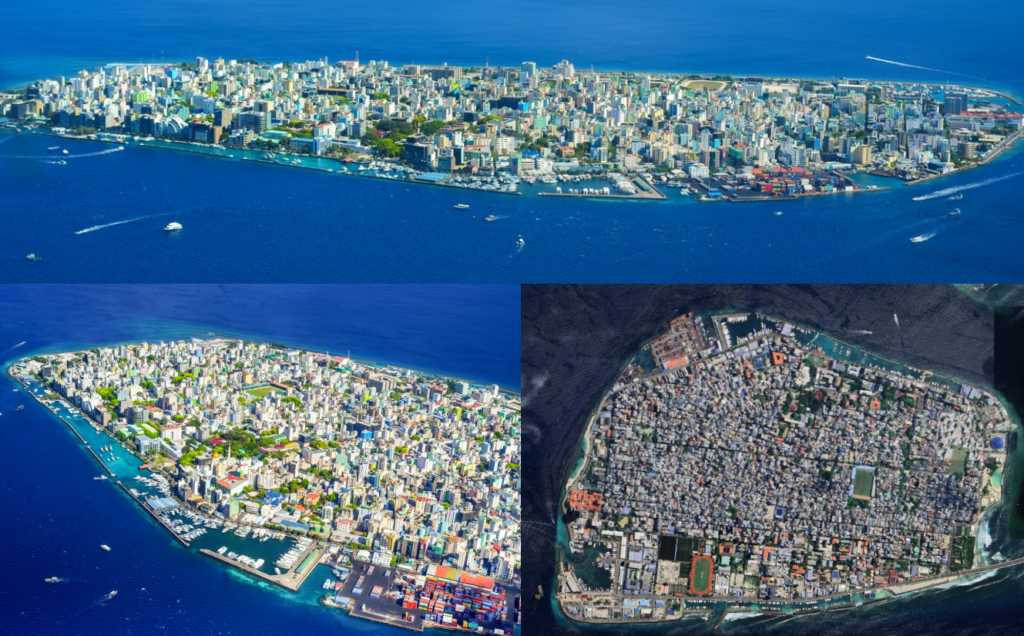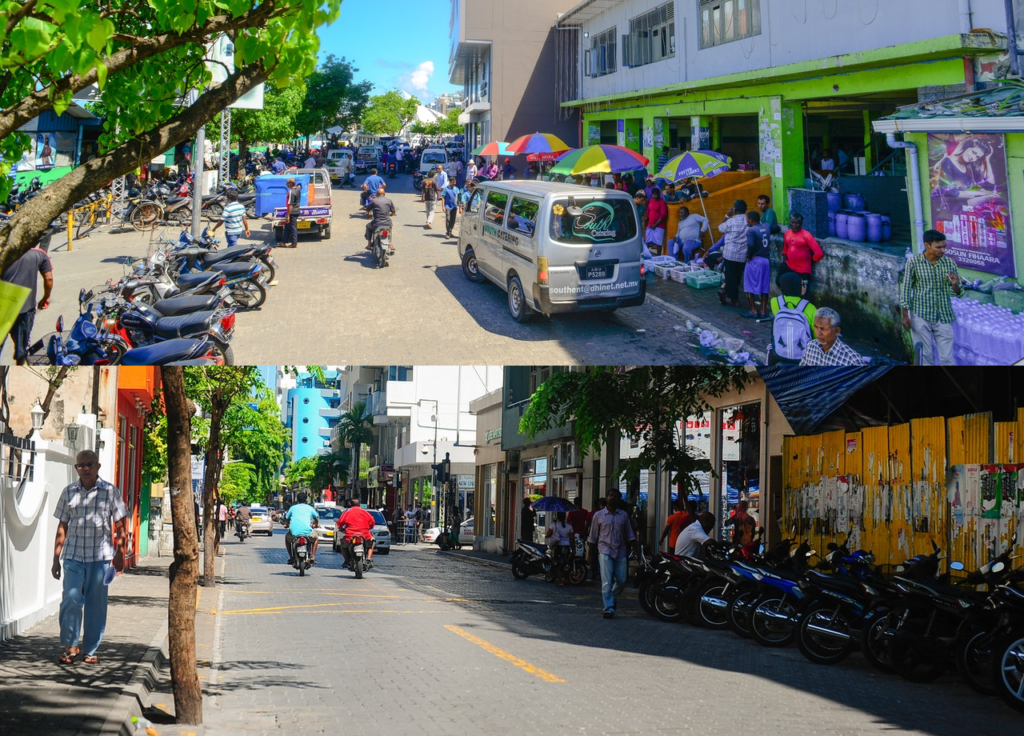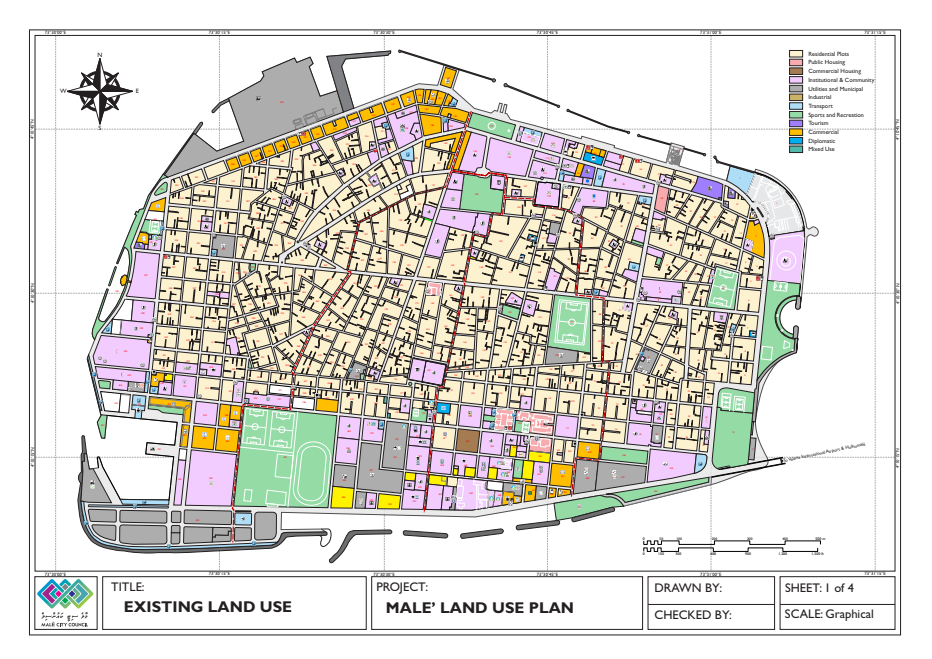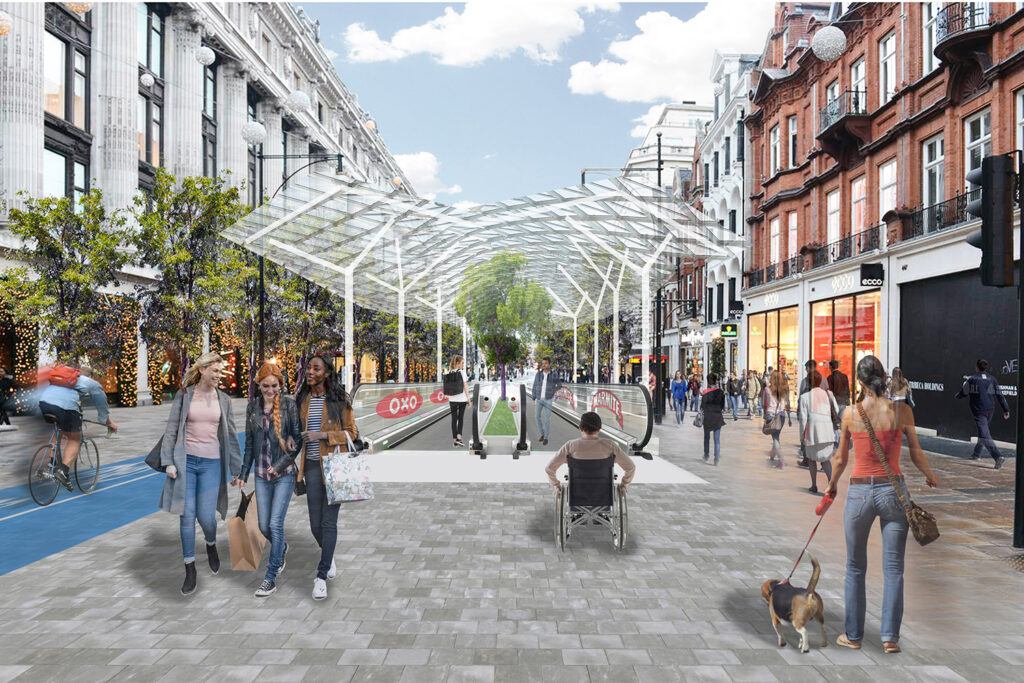White sandy beaches and tropical resorts are the two main things that most people imagine when it comes to Maldives. How about an island populated by tall buildings and scooter traffic?
Malé is the capital city of The Republic of Maldives. Its land area is just a shy 1.95 km² where the population is most concentrated. It is the administrative and economic hub of Maldives. Import and export goods are making their way through Malé. All these activities make Malé one of the most densely populated islands on the planet with a staggering 17,500 people per square kilometre.

Due to the limited land area, everything is squeezed into the island: schools, mosques, government buildings, homes, offices, shops, roads, markets, and public amenities. Despite the near proximity of various services to one another, Malé residents are commuting using scooters and cars. The capital city has over 15,000 motorcycles registered in Malé that are weaving through the narrow lanes and roads, along rows of parked motorcycles and cars. Just recently in 2022, the Maldivian government introduced the first means of public transportation using minibus.

One of the surprising things is how difficult it is to get around the city on foot. Anyone can walk from one end of the island to the other end of the island in under 30 minutes but no one is willing to walk. It is because the city is not built for pedestrians in its core. Pavements are mostly built alongside the main road and none for narrow lanes. Pedestrians have to compete with fast-moving motor vehicles. Based on the Walkable Survey, Malé does not favour walking as the mode of getting around the city.

Malé existing land use map shows the residential area is at the core of the island where commercial and other services are located around the edge of the island. Most of the tourist attractions are in the northern area of the island and utility services are in the southern area. The biggest public park is in the east, next to the bridge that links the city to its international airport and Hulhumale, the newly reclaimed land.
My opinion:
Thanks to the confined space of this island’s capital city, it has a huge opportunity to transform itself into the ideal 15-minute city. In fact, the city is already the 15-minute city where everything sits in just 15 minutes away of walking distance. The city does not need motorcycles or cars – all it needs is to redesign its roads to accommodate pedestrians more pleasantly.
The first step is to pedestrianise all of their main roads by limiting to just one lane for service and emergency vehicles and using the rest of the space to plant more trees, build walking canopies, add more street furniture, and install more public drinking stations across the island.

On top of that, the city needs to prioritise cycling as the main means of transportation, complementary to the existing bus service and as the last-mile option. In addressing the tropical heat for commuters and pedestrians, trees or built canopies are the essential components when it comes to designing the road. The city should also speed up the introduction of e-bikes by having a programme to trade in motorcycles and cars. Moreover, the e-bike charging station or the e-bike battery charging station must be deployed strategically to cover the entirety of the island.
By achieving the 15-minute status, Malé will not only increase the surface of their green space, which they also desperately need, but also make their city safer; their residents healthier, their air fresher, and their city also less noisy.
References:
The minibus service has finally started in Male’! | Maldives Financial Review (mfr.mv)
Male, Maldives – Walkability Asia
Male: All About the Capital of the Maldives (wiotto.com)
MCC_Malé LUP 2021_Final Draft_v2.0.pdf (malecity.gov.mv)
Developing the Maldives – Part I: The “Malé Experience” – thatmaldivesblog (wordpress.com)